Is milling or turning harder?
Answer: There is no absolute answer as to whether milling or turning is more difficult. The difficulty of the two varies depending on the specific application scenarios. Turning is mainly…
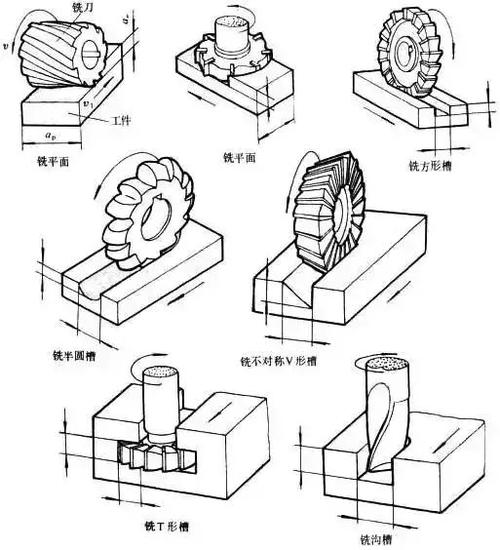
Answer: There is no absolute answer as to whether milling or turning is more difficult. The difficulty of the two varies depending on the specific application scenarios. Turning is mainly…
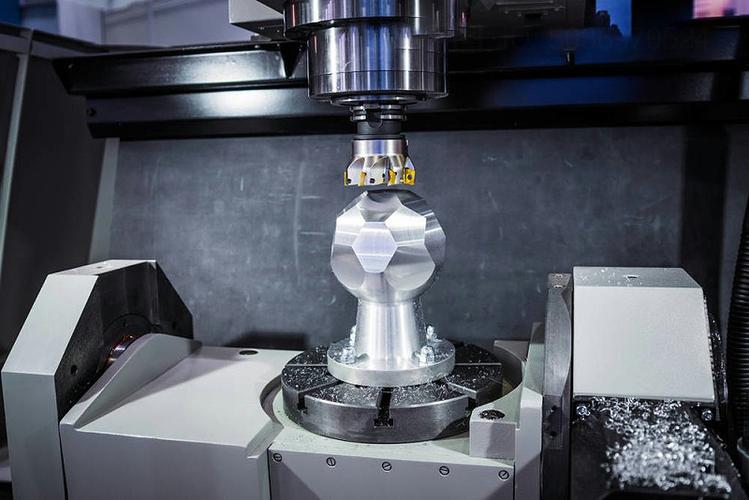
Answer: Grinding and milling are two different processes in CNC machining. Their main differences lie in processing tools, machining accuracy, processing methods, and application scenarios. Grinding uses abrasive tools such…
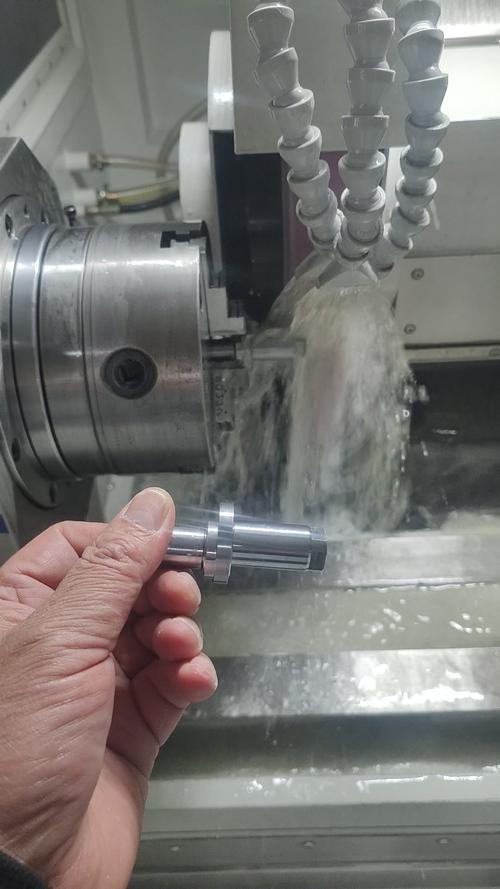
Answer: In CNC machining, grinding is a processing method that uses a high – speed rotating grinding wheel and other abrasive tools to cut and polish the surface of the…
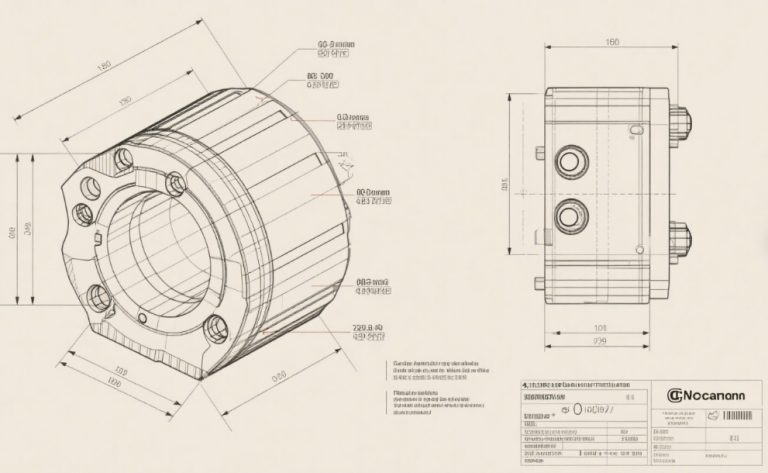
Answer: CNC machining, namely Computer Numerical Control machining, is mainly based on three key aspects: numerical control equipment, machining programs, and machining processes. Numerical control equipment serves as the hardware…
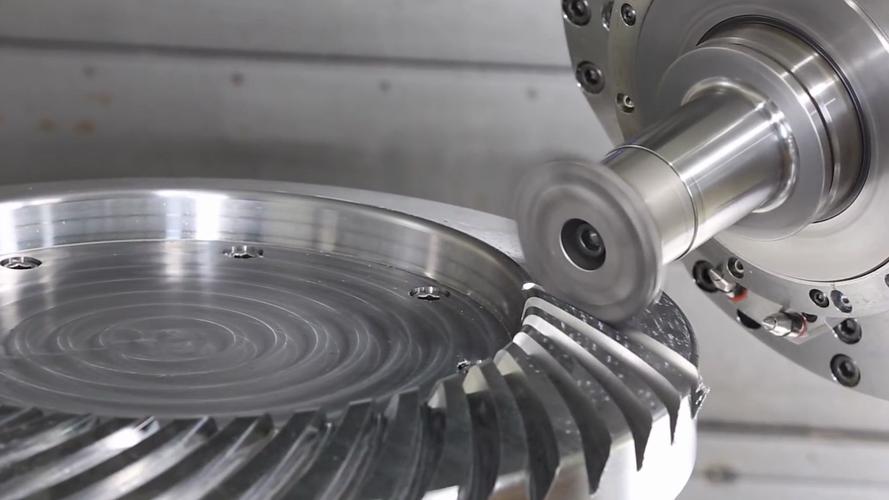
AnswerThe five core steps in the milling process usually include: programming and program preparation, workpiece clamping and positioning, tool setting and coordinate system establishment, automatic machining execution, machining inspection and…
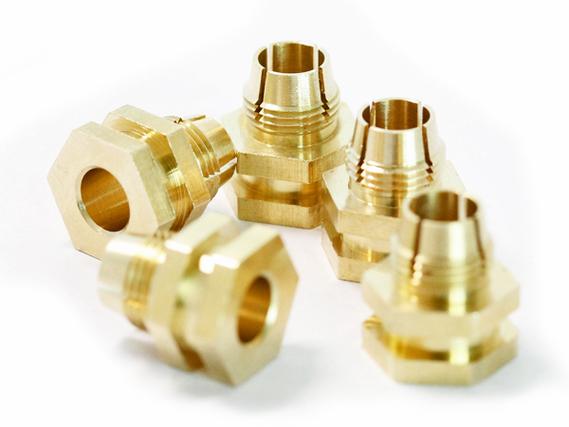
Answer A CNC router can cut: Metals: Aluminum alloy, brass, low-carbon steel (typically <10mm thick); Non-metals: Wood, plastics (ABS, acrylic), composites (carbon fiber), stone, glass, foam; Special materials: PCB,…
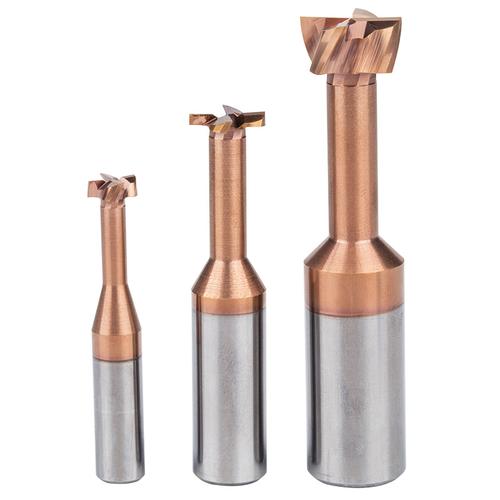
Answer The most common material for CNC tooling is tungsten carbide, sintered from tungsten carbide (WC) and cobalt (Co) binders. It accounts for over 60% of industrial CNC tool applications, especially…
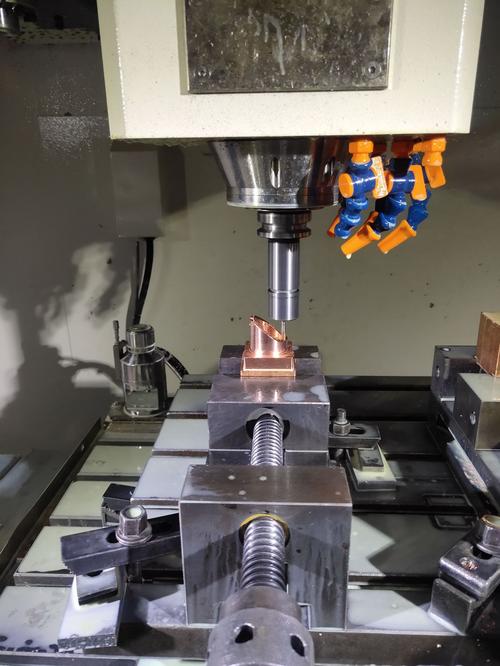
Answer Industries requiring CNC machining include aerospace, automotive manufacturing, electronics, medical devices, mold making, energy, precision instruments, home appliances, jewelry, food packaging, military, shipbuilding, rail transportation, general machinery, etc. Extended…
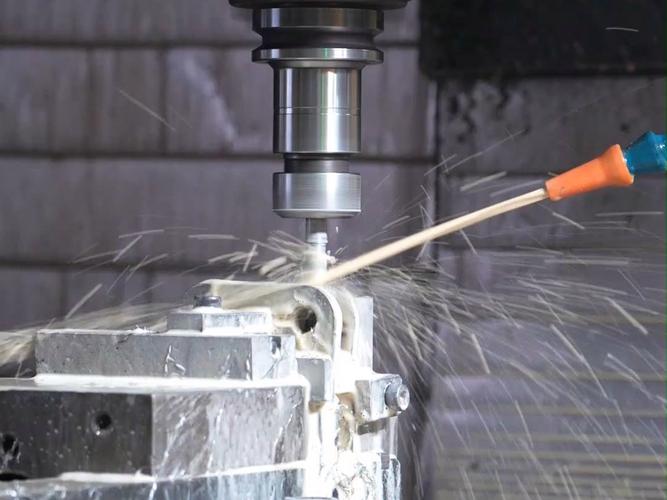
Answer CNC (Computer Numerical Control) is not limited to metal processing. It can precisely machine various materials, including plastics, woods, composites, ceramics, foams, stones, etc., covering multiple fields such as…
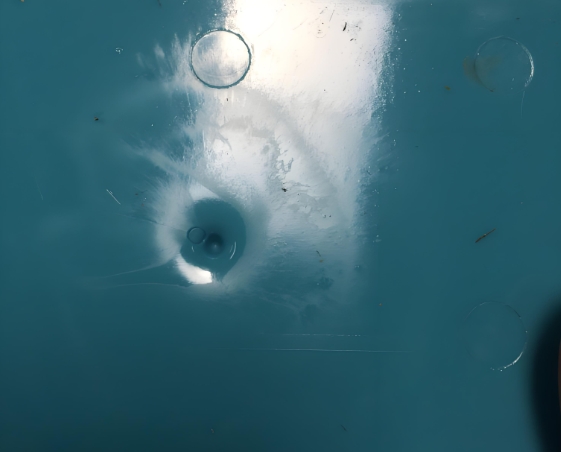
Answer Sink mark is a common cosmetic defect in injection molding, manifested as sunken marks on the surface of plastic products, resembling dimples or grooves. After the plastic melt is…